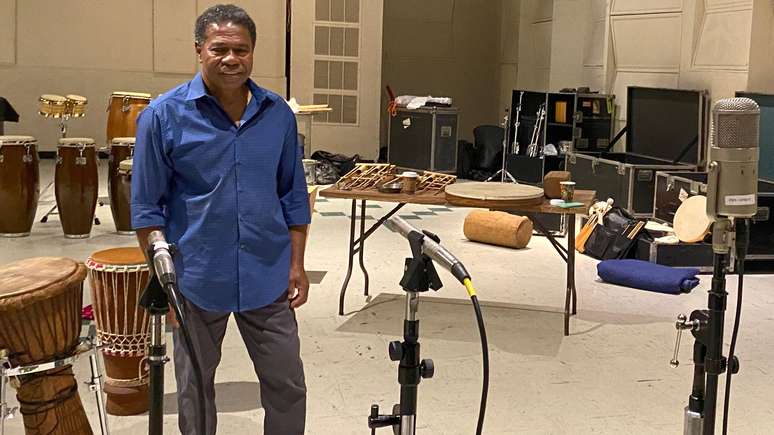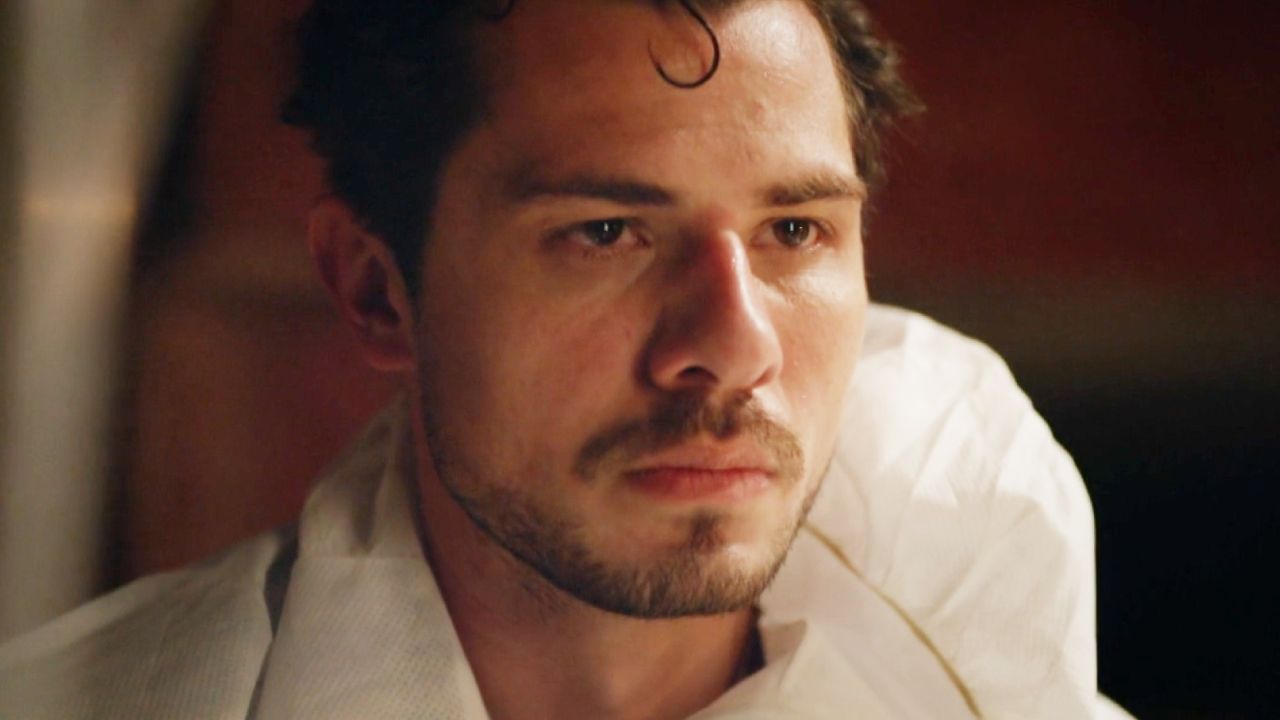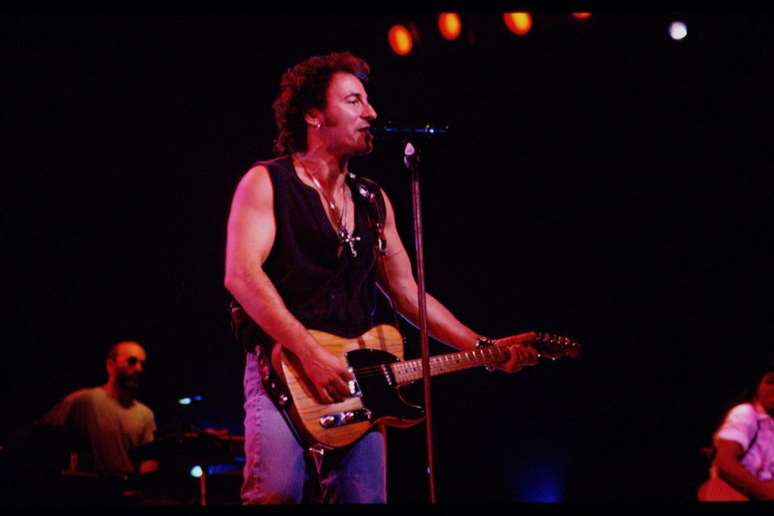The Netflix documentary “A Noite Que Mudou o Pop,” about the production of the hit, caused controversy among artists for ignoring the work of instrumentalists, such as Brazilian percussionist Paulinho da Costa.
When he was called to be part of the instrumental recording of We are the WorldBrazilian percussionist Paulinho da Costa had two certainties: secrecy would be fundamental to the success of that undertaking and the repercussions of the work would be enormous.
“I was right on these points, but I never imagined that I would be talking about this song almost 40 years later,” says the musician, in an interview with BBC Brasil, by telephone, from Los Angeles, where he lives.
The song is from 1985 and is the first of the documentary The night that changed popof Netflix, this year, brought the topic of its production back to the center.
The goal of the single was to mobilize American society to fight hunger in Africa and was part of the USA for Africa project (United Support of Artists for Africa, in a literal translation). The recording was the idea of singer, actor and social activist Harry Belafonte, who died last year at age 96.
USA for Africa still exists today and claims to have generated $75 million for anti-hunger, recovery and development programs in Africa and to have supported more than 500 organizations in 21 countries on the continent.
Also collaborating on the project was WhyHunger, an organization to fight hunger in the United States created by a musician and a radio DJ in 1975. Together, they say they have raised $25 million for anti-hunger and housing efforts in the American territory.
Belafonte’s proposal was inspired by Band Aid, a group organized by Irish singer Bob Geldof and English guitarist Midge Ure to raise money to help the starving in Ethiopia.
The original project produced the single Do they know it’s Christmas? (Do they know it’s Christmas?, in the literal translation) in November of the previous year and saw the participation of artists such as Bono Vox, U2, Sting, David Bowie, Paul McCartney, Phil Collins, Boy George and George Michael.
The British and Irish project released their song at Christmas and started a festival in 1985, Live Aid, with subsequent shows in England and the United States, featuring Queen, Eric Clapton and Led Zepellin. Band Aid had three new recordings, in 1989, 2004 and 2014. In the Band Aid 30 version, the most recent, the aim was to collaborate in the fight against the Ebola virus epidemic in West Africa.
The idea of creating the American version was taken up by singers Lionel Richie and Michael Jackson and then by producer and conductor Quincy Jones, three of the leading artists in the recording industry of the time. Although it later included artists of other ethnicities, the movement differentiated itself by being led by people of African descent.
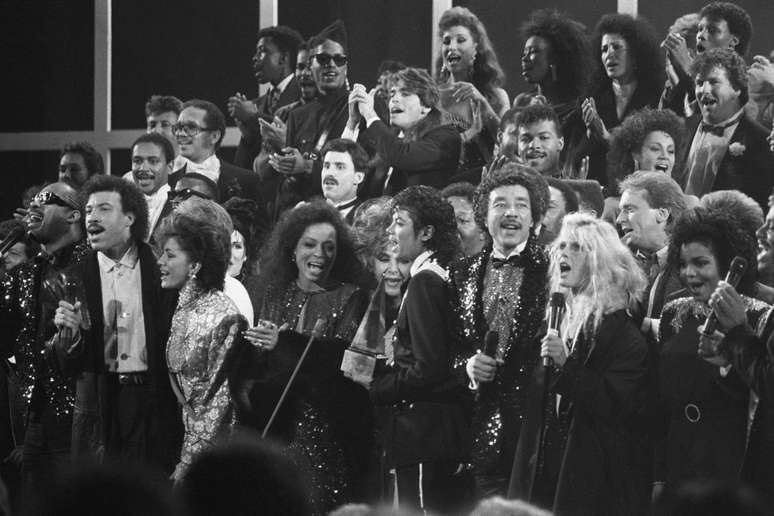
The Netflix documentary shows how they managed, with a bit of luck, to bring together 42 big names in music in one night to record the vocals for the hit song. Among the soloists there were, in addition to Lionel and Michael themselves, names such as Stevie Wonder, Bob Dylan, Ray Charles, Tina Turner, Bruce Springsteen, Cyndi Lauper, Al Jarreau, Kenny Rogers and Paul Simon.
Artists such as actors Bette Midler, Dan Aykroyd, the Jackson brothers who were part of the Jackson 5 and Belafonte himself participated as choir singers.
The Brazilian says he was very happy with the documentary about the recording. “It’s a very well done work, with very complete material”, he comments. He says he was moved and happy to have participated in that special moment, immortalized on film.
But despite the praise, some musicians who participated in the recording were dissatisfied with the result on one point: the lack of credit for the other stages of the song’s creation, before recording the vocals.
The person who made the dissatisfaction public was drummer John Robinson. He published a video on his social networks in which he directly criticizes the director of the documentary, Bao Nguyen, for not mentioning the participation of the musicians.
In it, he recounts the work of producing Quincy’s arrangements with a trio of musicians: himself, bassist Louis Johnson, and keyboardist Greg Phillinganes. “We built the foundation of the song together with Michael and Lionel,” he said.
The first session was when the arrangement was made, which was passed to the other musicians to complete the instrumental part before recording the vocals. Paulinho participates in the second phase. “I came into music with a flavor.”
“I added a little of our spice,” he explains, referring to Latin American musicality. Another expression that she loves to use to define his work is “giving body” to the songs, creating percussive improvisations that make the sound fuller.
After this work, the song was sent to all singers on January 24.
The recording, which is the central theme of the documentary, was made four days later, with all the singers together in the same studio. Just as he had done with the musicians, Quincy led the solos and vocal choruses.
After this phase, the song was finished and ready to be transferred to physical media (this was a time before electronic platforms).
The release was simultaneous and global, on March 7 of that year, less than a month and a half after recording was completed. The album has sold more than 20 million copies.
According to Robinson, the musicians who participated in the two phases before recording the voices should have been mentioned. Therefore he names Johnson, Phillinganes, Michael Ormatian, David Paich, Michael Boddicker and Paulinho.
Just like the singers, Paulinho says, the musicians and other people on the production team put humanitarian goals ahead of any remuneration.
“We wanted it to help save people suffering from hunger in Africa. It was the biggest goal of those who worked without being paid,” he comments.
A success produced in California
When Paulinho was invited to participate in the project, the musicians met discreetly, to avoid leaks of information, which could have compromised the completion of the work. Many of them had already worked together on other recordings and are still friends today.
The location chosen for the production of the arrangements was the Lion Shares studio, in Beverly Hills, owned by Kenny Rogers. The vocals were recorded days later at A&M, also in Los Angeles.
Time was short because it was necessary to prepare everything for the recording day with the singers. Everything was prepared in two weeks.
As the documentary shows, the date for recording the vocals was set based on the American Music Awards, January 28 of that year.
The idea was to take advantage of the artists’ presence to register in the hours following the award ceremony. Most artists went straight from awards shows to the studio.
Recording with internationally recognized artists was nothing new for Paulinho. Born 75 years ago in the north of Rio de Janeiro, the percussionist was invited by Richie, with whom he had recorded his first two solo albums, in 1982 and 1983.
But that wasn’t his only contact with recording stars. Living in Los Angeles since the middle of the previous decade, Paulinho had already participated in previous works by Rogers, Jarreau, Janet and Michael with and without the brothers, as well as other Quincy projects.
The musician arrived in the United States in 1972, to play with the Brazilian Sergio Mendes, and since then he has become one of the most sought-after percussionists in the American recording industry.
These successful players are just a small sample of the stars Paulinho had already played with at the time.
At that time his work already included participation in albums by foreign artists such as Aretha Franklin, BB King, Barbra Streisand, Cher, Dizzy Gillespie, Ella Fitzgerald, Elton John, Gabor Szabo, Gato Barbieri, Herbie Hancock, Joe Cocker, Julio Iglesias , Lalo Schifrin, Liza Minelli, Rod Stewart, Sadao Watanabe and Stan Getz, as well as film soundtracks.
In the same year he participated as an actor, playing an African musician, in the film The color purple – directed by Steven Spielberg and with Quincy as one of the producers. The following year he participated in the recording of the song Isla Bonitaby singer Madonna, and appears in the music video of the same hit.
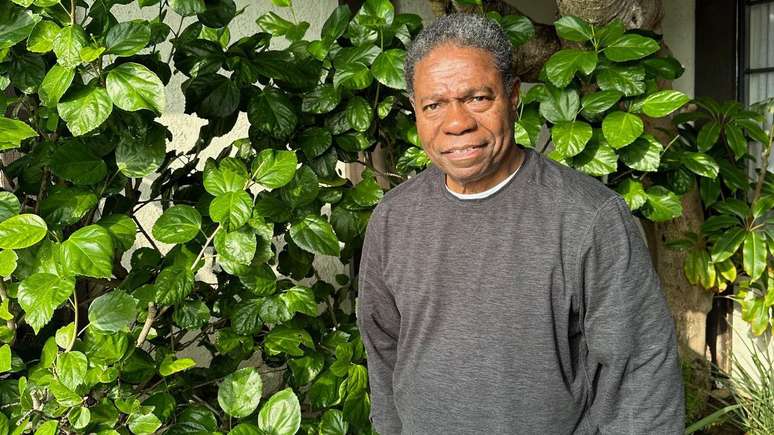
Participation to We are the World it gave him the opportunity to participate in the works organized by one of the greatest activists of the civil rights struggle in the United States. “I was a big fan of Belafonte, but unfortunately I had never done anything with him before,” he comments.
Bob Dylan, Bruce Springsteen, Ray Charles and Stevie Wonder are some of the participants on the single with whom he later worked. Currently the list of Brazilian and foreign artists with whom she has collaborated exceeds 900 names and 6 thousand songs.
But the influence of the success in Brazil was not limited to the participation of the Brazilian musician or the repercussions of the recording on the national territory. The action encouraged similar movements here as well.
The first of them was the No more pain, a project led by Gilberto Gil and the Union of Musicians of the Municipality of Rio de Janeiro, in May 1985, in the Nordeste Já campaign, in support of the needy population of the region. The song was credited as a collective creation based on the poem Seca D’Água, by Patativa do Assaré, and was arranged by Dori Caymmi.
Alceu Valença, Belchior, Beth Carvalho, Caetano Veloso, Chico Buarque, Djavan, Ednardo, Edu Lobo, Elza Soares, Erasmo Carlos, Gal Costa, Gonzaguinha, Guilherme Arantes, Luiz Melodia, Maria Bethania, Marina Lima, Martinho da Vila, Milton Nascimento , Moraes Moreira, Pepeu Gomes, Rita Lee, Roberto Carlos, Sergio Ricardo, Tim Maia and Tom Jobim were some of the participants in the recording.
Two years later, a group of Brazilian singers gathered for a collective recording. Was Relivein solidarity with AIDS sufferers, at a time when there were no effective treatments for those who were HIV positive and prejudices were very strong.
The song debuted with a music video shown on Fantástico, on Rede Globo, before the album’s release.
Guilherme Arantes, Emilio Santiago, Erasmo Carlos, Elza Soares, Jane Duboc, Neguinho da Beija-Flor and Tim Maia were some of the participants. Paulo Autran, Fernanda Montenegro, Tônia Carreiro, Lima Duarte and Maitê Proença also participated in the album, with readings of texts by writers such as Adélia Prado, Carlos Drummond de Andrade, Catulo da Paixão Cearense, Mario Quintana and Paulo Mendes Campos.
Source: Terra
Rose James is a Gossipify movie and series reviewer known for her in-depth analysis and unique perspective on the latest releases. With a background in film studies, she provides engaging and informative reviews, and keeps readers up to date with industry trends and emerging talents.

